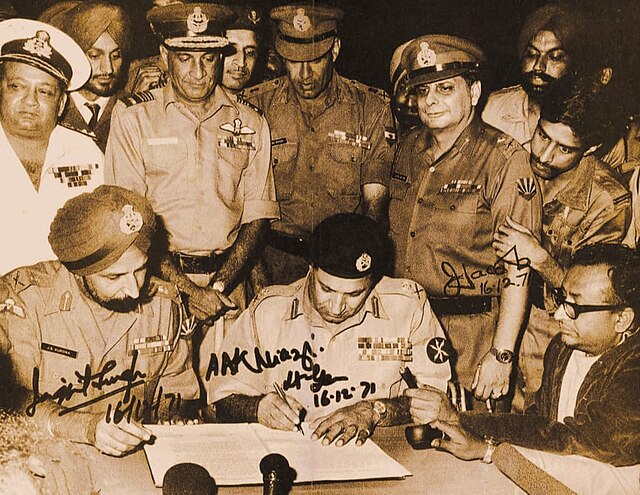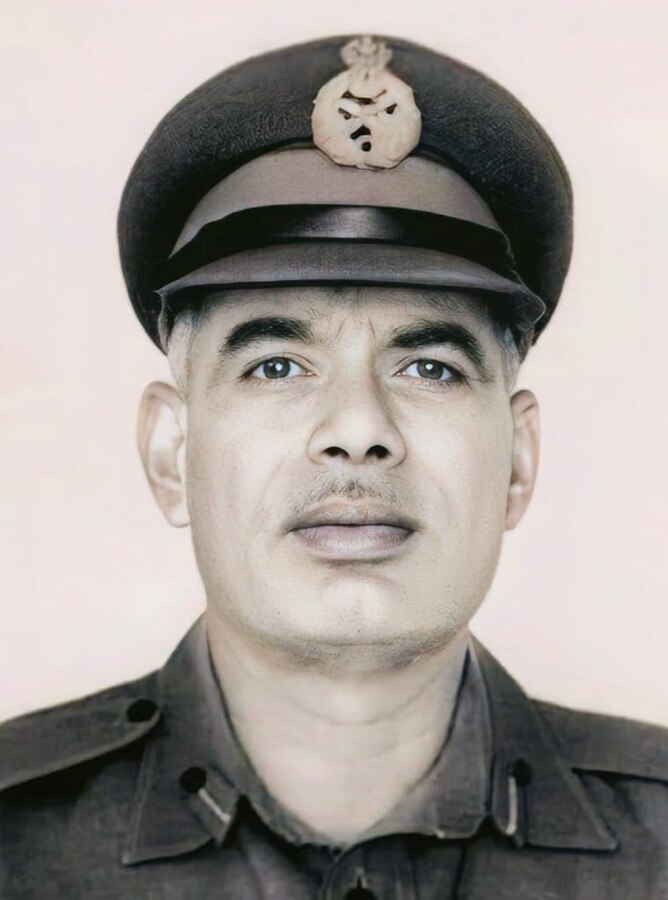In the annals of Indian military history, few names shine as brightly—and yet as quietly—as that of Lieutenant General Sagat Singh, PVSM. A warrior-scholar, a tactician of rare brilliance, and a leader who never lost a battle, Sagat Singh’s legacy is one of audacity, precision, and unshakable patriotism. Yet, despite his towering contributions, his name remains conspicuously absent from most school textbooks and public memory. It’s time we correct that.
The Man Who Liberated Goa
In 1961, as a Brigadier commanding the 50th Parachute Brigade, Sagat Singh played a pivotal role in Operation Vijay, the military campaign to liberate Goa from Portuguese rule. Though his unit was initially assigned a secondary role, Sagat’s bold leadership and rapid maneuvering led his troops to be the first to enter Panjim, the capital. By December 19, the Indian tricolor flew over the Secretariat Building, and the Portuguese Governor General surrendered. Lisbon even issued a $10,000 bounty on his head—a testament to the fear he inspired in colonial powers
The Hero of Nathu La: Standing Up to China
In 1967, when Chinese forces issued an ultimatum to vacate Indian posts at Nathu La and Cho La in Sikkim, Sagat Singh—then Major General commanding the 17 Mountain Division—refused to back down. Despite orders that allowed for withdrawal, he held his ground. When Chinese troops opened fire, Indian forces retaliated with devastating artillery strikes. The result: over 300 Chinese casualties and a decisive Indian victory. It was the first time since 1962 that India had stood its ground—and won—against China.
The Masterstroke of 1971: Crossing the Meghna
Perhaps Sagat Singh’s most legendary feat came during the Indo-Pakistani War of 1971. As commander of the IV Corps, he executed one of the most daring military maneuvers in modern warfare: the airborne crossing of the Meghna River. With no bridges and Pakistani forces expecting a frontal assault, Sagat airlifted troops across the river using helicopters—an unprecedented move in Indian military history. This maneuver bypassed enemy defenses, led to the rapid fall of Dhaka, and directly contributed to the surrender of 93,000 Pakistani troops. It was a masterclass in speed, surprise, and strategic brilliance.

A Soldier’s Soldier
Sagat Singh’s military career spanned World War II, the liberation of Goa, the 1967 Sino-Indian clashes, and the 1971 Bangladesh Liberation War. He was awarded the Param Vishisht Seva Medal and the Padma Bhushan, but his humility kept him away from the limelight. He never sought political office, media attention, or personal glory.
Why Isn’t He in Our Textbooks?
Despite his unmatched record, Sagat Singh’s name is rarely mentioned in school curricula. Perhaps it’s because he wasn’t flamboyant. He didn’t court headlines. He simply delivered victory after victory. But in a nation that reveres its heroes, this silence is a disservice—not just to him, but to generations of Indians who deserve to know the truth.
Final Salute
Lieutenant General Sagat Singh passed away in 2001, but his legacy lives on in the freedom of Goa, the security of Sikkim, and the birth of Bangladesh. He was a man who never lost a battle, who defied orders when they were wrong, and who rewrote the rules of warfare with intellect and courage.
It’s time we give him his due—not just in military circles, but in classrooms, history books, and the national consciousness.



